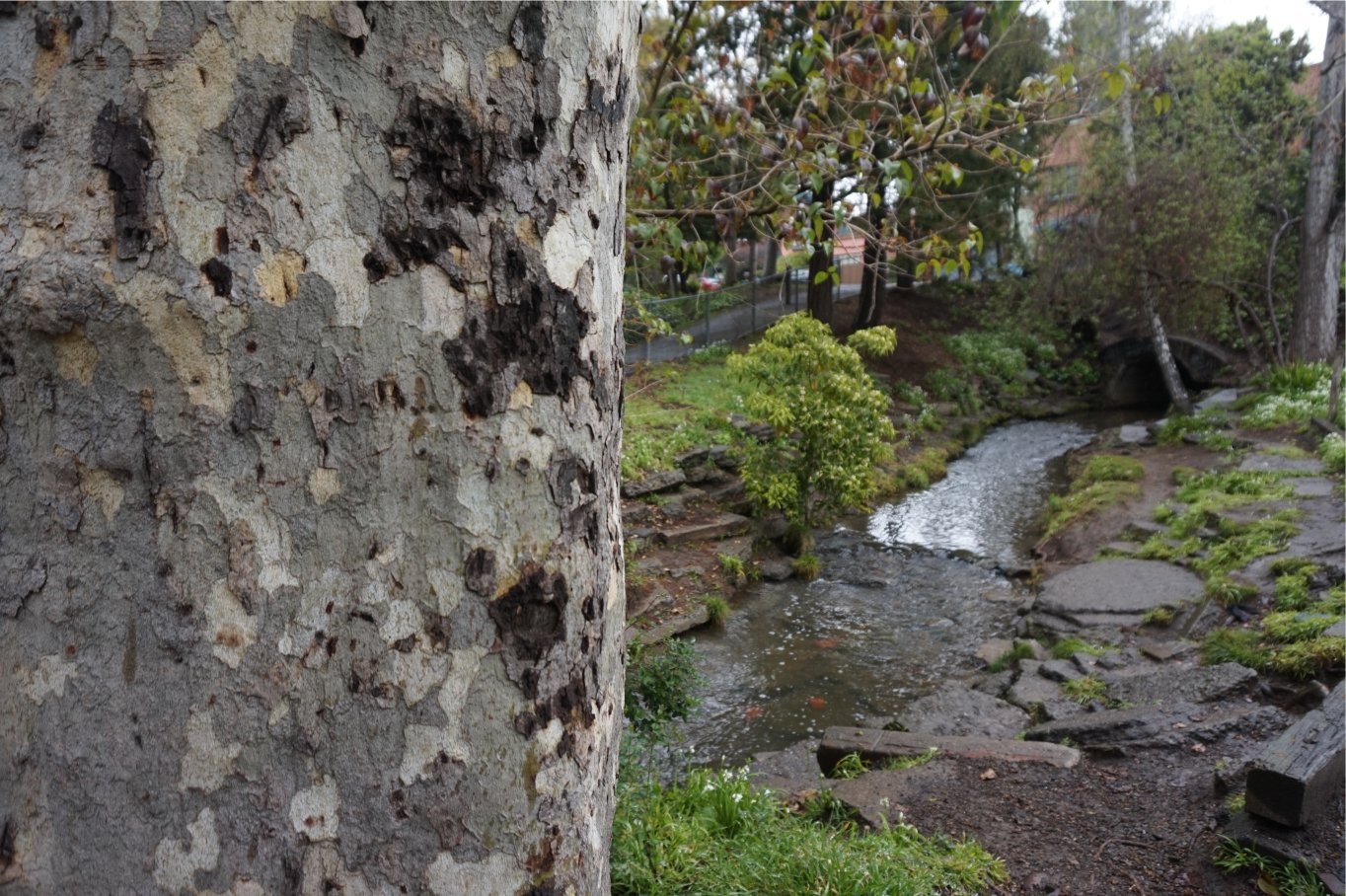
Strawberry Creek Land Acknowledgement:
My office is situated in Strawberry Creek Park, named for the urban creek that flows through central Berkeley. I feel fortunate and honored to work with my patients along a daylighted section of Strawberry Creek.
Strawberry Creek is one of several creeks that arise in the hills of the California Coast Range, flowing west through the East Bay cities of Richmond, El Cerrito, Albany, Berkeley, and Oakland, and discharging into the San Francisco Bay.
The sites and sounds of Strawberry Creek flowing outside my office window and its plant and animal inhabitants remind me daily of the sacred role of land and geography in our human lives. The elements of our natural landscape nourish and heal us. Aligning ourselves with the rhythms of our natural environment is perhaps our most essential resource for healing and well-being. Conversely, it is one of our duties as humans to steward and care for our natural environment. Having a relationship with the creek reminds me of the importance of our relationship with the natural world. The creek brings me a bit of hope each day for the potential of human beings to restore our natural world.
A Brief History of Strawberry Creek:
Strawberry Creek is located in the territory of Huichin, the ancestral and unceded land of the Chochenyo speaking Ohlone people, among whose surviving descendants is the Muwekma Ohlone Tribe (successors of the sovereign Verona Band of Alameda County.) Strawberry Creek has been home to the Ohlone people for over 10,000 years. Until the 1700s, the Ohlone people lived along Strawberry Creek and built sacred burial mounds at the creek’s mouth from shellfish provided by the creek.
In the 1860s, founders of the University of California, Berkeley, chose Strawberry Creek as the site of its campus for its beauty and year-round water supply. Strawberry Creek provided water to UC Berkeley and the City of Berkeley until the East Bay Municipal Water District constructed its water system in the early twentieth century.
Over the course of the early 1900s, Strawberry Creek was culverted in multiple locations to accommodate the developing City of Berkeley. Its environmental quality was degraded by water pollution resulting from urbanization.
During the later part of the twentieth century, however, Strawberry Creek became one of the first focal points in the United States for creek-centered environmental action.
In the early 1980s, a section of Strawberry Creek was “daylighted” in West Berkeley on the site of what used to be a small freight yard of the Santa Fe Railway. Strawberry Creek Park was established at this site, and would become an archetype for urban creek “daylighting,” inspiring many other similar projects in the United States and beyond.
In 1987, UC Berkeley initiated the largely successful Strawberry Creek Restoration Program, dedicated to identifying and eliminating harmful releases into the creek, cleaning the creek, and reintroducing native fish populations.
Today, community Volunteer Groups like, Friends of Five Creeks, work regularly to clear invasive vegetation and restore natural plant species around the mouth of Strawberry Creek. The volunteer organization Transition Berkeley has collaborated with the City of Berkeley to establish a native plant pollinator garden alongside the creek in Strawberry Creek Park. Proposals to daylight a section of Strawberry Creek in Downtown Berkeley are currently under consideration.
Additional Resources Related to Strawberry Creek and Local Geography
Land & Native Habitat Restoration:
Friends of Five Creeks: volunteer organization
Friends of FIve Creeks’ Strawberry Creek project
UC Berkeley’s Strawberry Creek Restoration Program
The Ohlone People:
The Muwekma Ohlone Tribe of the San Francisco Bay Area
Alameda Native History Project
University of California Berkeley’s indigenous land acknowlegement
Geography & History:
The Oakland Museum of CA has a Guide to the Creeks of the SF Bay Area
Guided Strawberry Creek walk
WhollyH2O Entry on Strawberry Creek (Wholly H2O is a California non-profit dedicated to sustainable water management in the state. Their moto is “Catalyzing Connections Between Californians and Their Waterhoods.”)
A historical essay on Strawberry Creek by Shruti Davuluri on FoundSF, the San Francisco Digital History Archive.
A 2020 article in the Bay Area Monitor about the 1982 “daylighting” of Strawberry Creek.

